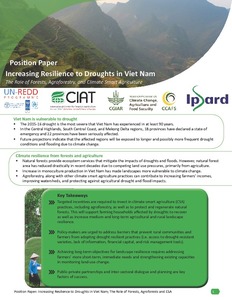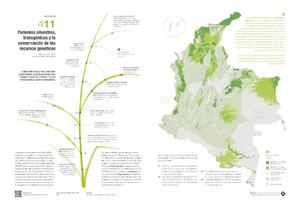Foodsheds and city region food systems in two West African cities
In response to changing urban food systems, short supply chains have been advocated to meet urban food needs while building more sustainable urban food systems. Despite an increasing interest in urban food supply and the flows of food from production to consumption, there is a lack of empirical studies and methodologies which systematically analyse the actual proportion and nutritional significance of local and regional food supplied to urban markets.



